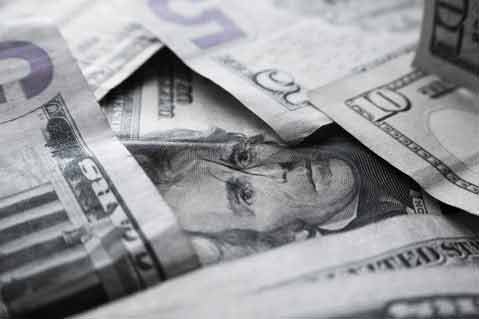News November 17, 2016
Consumer Spending Hits Growth Spurt
The U.S. Commerce Department announced this week that retail sales increased 0.8% from September to October, a 4.3% rise compared to a year ago. In addition, sales grew 1% in September, revised up from a previously reported 0.6%. This is the best-performing two-month stretch of sales in at least two years.

As reported earlier this month, GDP increased at a 2.9% annual rate in the third quarter after a weak 1.4% increase in the second, its fastest growth pace in two years. After the newest data was released this week, Goldman Sachs and Barclays both increased fourth quarter GDP estimates to about 2.5%. Consumer spending makes up more than two-thirds of the nation’s economic output.
“The consumer is in very good shape and is poised to continue to lead the economy forward based on rising wages, low unemployment and clean balance sheets,” Stephen Stanley, chief economist at Amherst Pierpont, said in a note to clients, as reported by the Wall Street Journal.
Internet sales grew by 12.9% year-over-year, while health and personal care increased 8.3% and auto dealers saw 4.3% growth in the same timeframe. Spending in construction materials, groceries and health care products also rose. Meanwhile, department store sales fell 7.3% and consumer electronics were down 4%.
At the end of the second quarter of this year, the Commerce Department reported that spending increased by 1% in April, the largest increase in more than six years.
Policymakers at the Federal Reserve have suggested they will move to raise interest rates if the economy is steadily improving at their next meeting on December 13 and 14.
Within the promotional products industry, distributors reported a 3.1% increase in revenue for the third quarter and industry confidence remains consistent, according to recent ASI data. The Counselor Confidence Index (which gauges the health and optimism of promotional product distributors) stood at 113 in the third quarter of this year, a slight increase from 111 in the second and first quarters, though it has remained relatively unchanged over the last three years.
